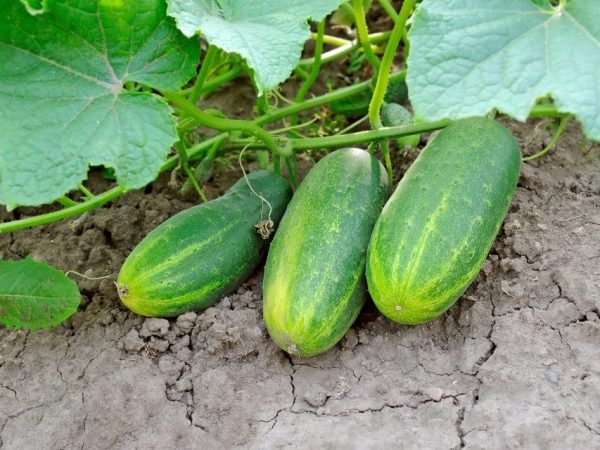Sowing rules after carrots
Crop rotation is a procedure that requires annual rotation of the crops grown on the site. The yield and fertility of the soil depends on its observance. Sowing after carrots must be carried out according to the rules of crop rotation, because this crop greatly depletes the soil.

Sowing rules after carrots
Cultures for growing after carrots
Table of crops that can be planted after carrots for the next year:
| Allowed: | Prohibited: |
| Cucumbers | Carrot |
| Nightshade | |
| Cabbage | |
| Beans | Beet |
| Radish | |
| Strawberry |
It is better not to plant celery, parsnips and parsley after carrots. Planting onions and garlic is also undesirable, due to the fact that these crops attract the same pests, which gradually develop immunity to remedies.
Planting eggplant after carrots is possible after soil restoration. If you need to sow onions and garlic, you need to use strong fertilizers.
Also, the following siderates should be planted after carrots next year:
- oats;
- mustard.
These crops enrich the soil with nutrients, which improves the yield when sowing a new crop. They also disinfect the soil from diseases and viruses.
Cucumbers

After carrots, you can plant cucumbers
For planting cucumbers in open ground after carrots, you need to prepare the breast. The place should be lit, and the soil dug up to a depth of 65-75 cm. Also, for planting cucumbers, a large amount of organic fertilizers is required, which quickly restores the soil depleted from carrots.
The following crops should not be grown on the site:
- bow;
- garlic;
- zucchini;
- squash.
Cucumbers require inputs for pumpkin crops. Mineral fertilizers are also applied. Planted by seeds or seedlings.
Nightshade
The nightshade family includes the following crops:
- pepper;
- tomatoes;
- eggplant.
These plants are less demanding on the soil than cucumbers. The main criterion for them is good illumination of the area, which makes them a good choice for planting in the garden next year. It is unacceptable to grow beets next to them, because they have similar parasites.
The pepper is planted the next year by the seedling method. It is forbidden to grow tomatoes nearby. The pepper is planted in a draft-proof vegetable garden. The soil should be loose, and the area should be lit. It is better to plant the tomato away from cucumbers, beets or eggplants to prevent the spread of pests.
Cabbage
The advantage of the vegetable is its ability to restore soil. This quality makes kale a good choice for planting after carrots.
If it is necessary to plant cabbage in the ground, it is required to add:
- wood ash;
- nitrophosphate;
- urea.
These substances will make the bed suitable for planting after cucumbers, carrots and tomatoes. But next year it is required to plant green manure.
Legumes
The best legumes for planting:
- peas;
- beans.
They have the ability to restore and saturate the earth. The soil for them must be moist. Loamy soil is ideal.
Radish
The vegetable has a quick ripening period.This allows you to grow it without severe damage to the beneficial properties of the soil.
Additionally, humus and mineral fertilizers are applied during planting. It is forbidden to grow cucumbers and cabbage nearby.
Conclusion
Crop rotation allows you to grow crops after carrots without severe damage to the soil. To accurately select the next plant, it is best to create a personal chart or list of vegetables.
From dessert crops, strawberries are well suited. It does not draw out many useful substances from the soil and is not whimsical to the conditions.


